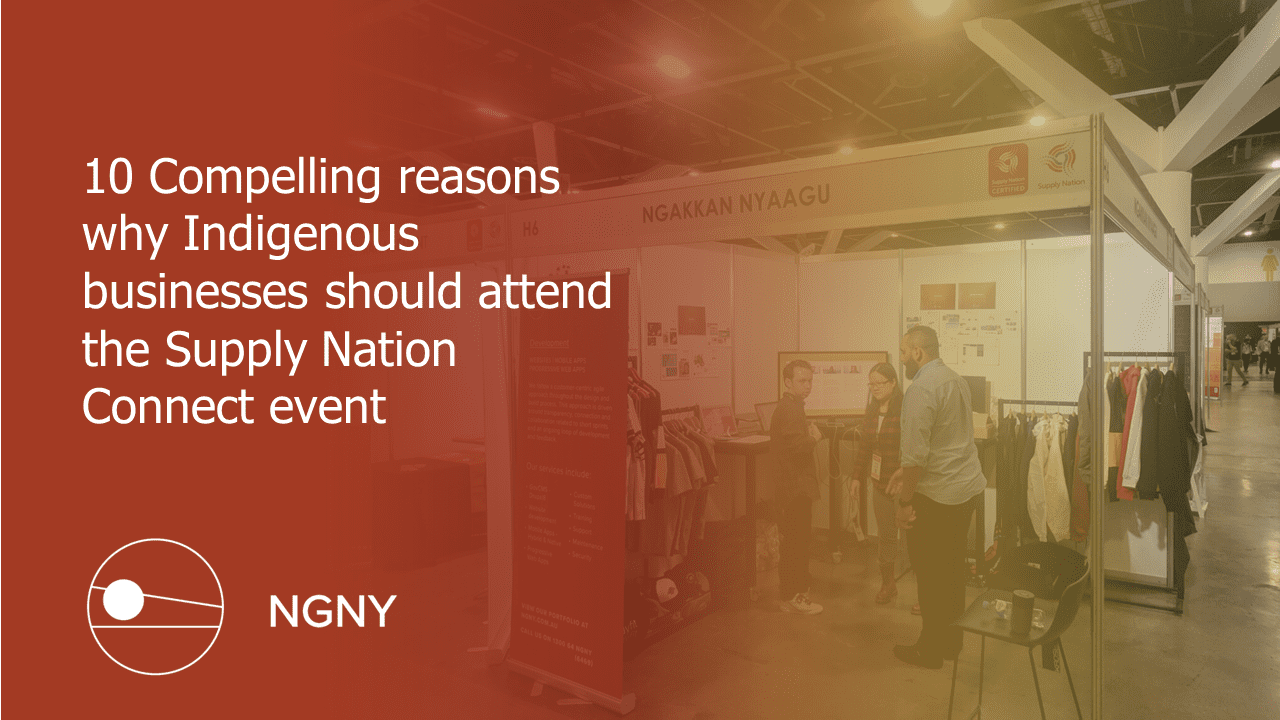
Designing a website is getting all these different elements such as colour scheme, logo, navigation, layout and text design to fit into one logical, compact and well-balanced unity. Website fonts are essential elements of your website design. Make it too simple and bland, you might discourage visitors in your website, make it too fancy, might overwhelm them. That’s why, when trying to glue these design pieces together, it’s especially important to pay attention to your font design. The reason that typeface and font choice is so important for your brand or company is that you want your fonts to evoke positive emotions and provide easy readability at the same time.
When created in the right way, a typeface should deliver the right emotions to the reader and set the tone that will bring the words to life, whilst reflecting the industry it is intended for. Instead of an image, we use a font as the visual interpretation of the words on the page and this can enable them to be read with the feelings that they are intended. Whether your site is a portfolio, a blog, a web store, or a huge corporation website. To help you figure out which font type best aligns with your brand essence, we’ve tried to make this process a bit simpler for you. Here are some things you should consider when choosing the ideal font for your website.
- Know your audience.
Knowing your audience is critical to any marketing effort, and it remains important when choosing the fonts for your website, as well. Does your audience consist of an older population? You may choose a simpler typeface set at a larger than usual size (a recommended industry standard is 16 pixels for body copy). Is your audience short on time and quick to make decisions? You want a font set for easily-read calls to action that imply a sense of urgency.
What devices are members of your target demographic using? Reading on a desktop can be a very different experience than reading the same copy on a small mobile device or mid-sized tablet. While you should take your audience’s preferences into consideration, you typically don’t need to use different fonts for different devices. You may decide how fonts scale at different breakouts, or simply know you need to prioritise font choice based on the most critical user experience.
- Maintain consistency.
You may be tempted to experiment with new fonts when creating your web design, but don’t! Every single time someone receives your business card or visits your website, they get a small glimpse into your brand DNA and your company’s overall design. Together, these perceptions of your brand need to create a complete and coherent picture—otherwise your brand might end up looking like a jumbled mess with no recognition value. That’s why it is crucial to be consistent throughout all your digital platforms and printed materials when it comes to colour, style and fonts.
- Follow brand guidelines.
Brand guidelines define how the elements that make up your brand are used. Your brand guidelines are an essential tool to communicate a consistent branding strategy. They are a set of rules to help you and your designer create a unified identity when connecting multiple elements of your brand, by defining your colours, your logo and, of course, your typography. Brand guidelines will include typefaces and families, font sizes, and the hierarchy of the fonts your brand uses, so you can integrate them into your web design immediately. But if your brand is using an unknown font, tools like the “WhatTheFont” feature on Myfonts.com can help you identify the name of the font you’re dealing with.
- Combine fonts strategically and artistically.
The first fundamental rule for combining fonts is to never use more than three fonts in one design. Rule number two is to make sure that your chosen fonts compliment each other. And the third rule you’ll want to stick to is to always define a hierarchy among them.
- Use tools in choosing the perfect font(s) for your website.
Using a web safe font means that your visitors don’t have to have a particular font installed on their computer to see it correctly. Back in the day, 10 years ago or more, there were approximately 13 font families and web designers had to make sure to only use these few fonts that would show up on most computer systems. Nowadays, the gold standard is Google Fonts, which is rendered perfectly in any web browser.
Be aware that lots of brands are using custom fonts or fonts that are not web based. In this case developers can use software to convert the font into a “web safe font”. But sometimes even that is not a guarantee that it will look good on screen, especially if you want your typography to look very crisp. That’s why designers often face the challenge of finding similar (almost identical) web safe fonts that are free and render well in all web browsers.
Picking the right font for your website entirely depends on the goal you want to achieve. When thinking about style and design you need to have an agenda and figure out how you want to be presented to the world out there. And fonts are the perfect tool to do that. Want to be classy, serious or traditional? Choose an elegant serif font. Want to look modern and minimalist? Pick a clean sans serif font. Going for something in between? Combine fonts to achieve pretty much any style you want. Simply put, your choice of fonts says a lot about your business, so choose wisely.




